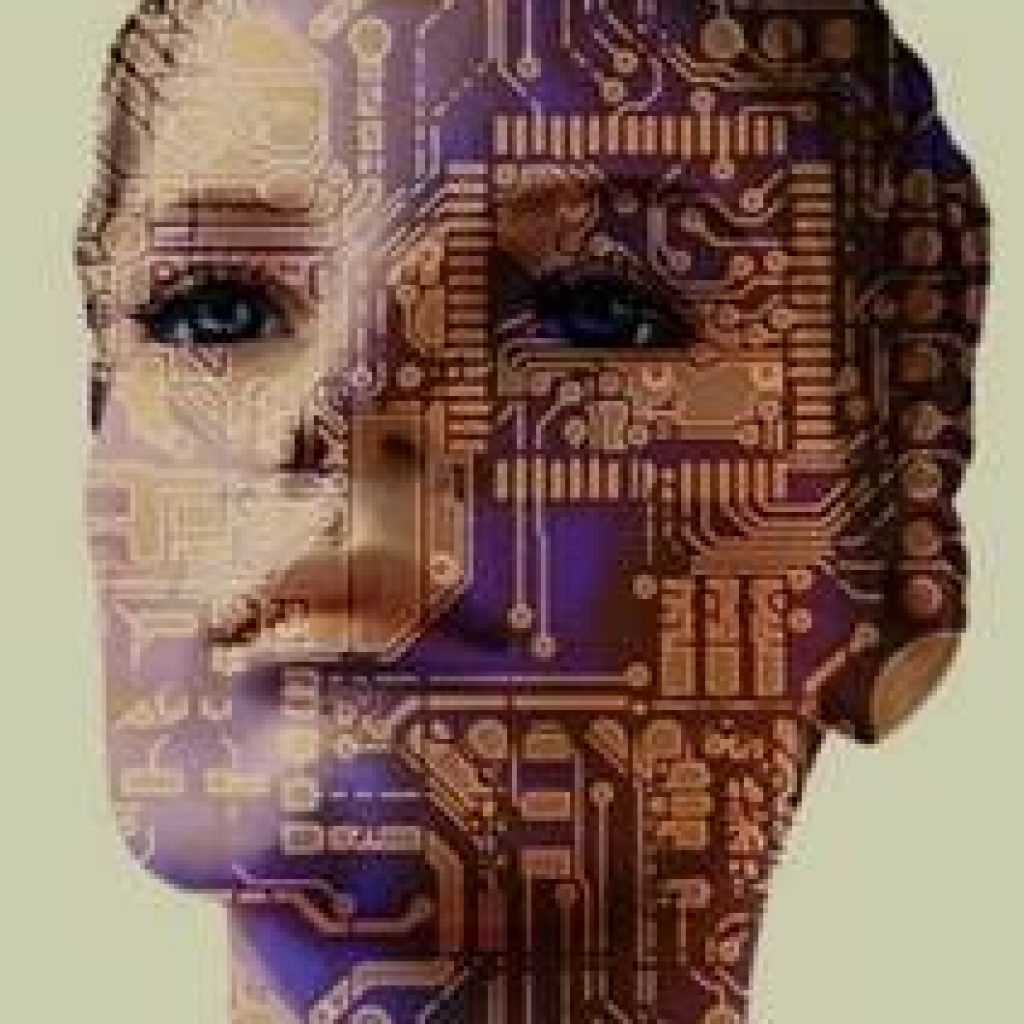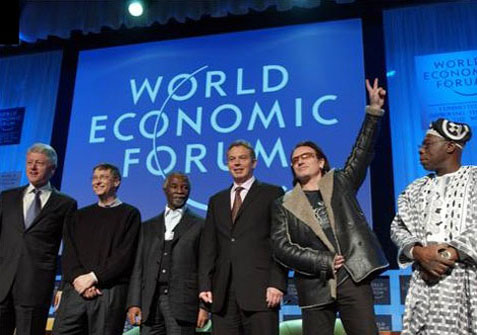GLOBAL JOB LOSS RESULTS FROM ROBOTS IN THE WORKFORCE
CoCoP: COMMUNICATING COHESION POLICY


Written for JESPIONNE

Anastasia Iva Xavier
Technology has come to consume and occupy every aspect of our lives. In every store, factory, school, and hand, there resides the latest gadget. A baby’s crying is stopped the moment a tablet is placed in their hands, a business man asks Alexa for the weather while lacing his shoes and combing his hair, and a Grandmother skypes with her grandson 10,000 miles away all with the push of a single button. Advances in technology have cured diseases, solved crimes, and have allowed for humans to find answers to their questions in seconds, however, in recent years, there has been an increasing rise of technology in the workforce, and many fear it could rob millions of humans worldwide of their jobs.
Recently, a new breed of robots called “cobots”-small, highly mobile, and dexterous machines- have been designed to readily interact with humans and are easily trained to maximize productivity at a rate that is far greater than what a human is capable of. While it is exciting to see such a level of excellence achieved in the latest technological advancements, it could also prove detrimental to many jobs. The first reason being that robots are becoming cheaper than human labor. Between 2011 and 2016, the average cost for a robot fell by about 11%; with labor wages rising by as much as 65% since 2008 in China, many manufacturers across the world are seeing a real opportunity to save money through the replacement of humans with robots.

MANY MANUFACTURERS ACROSS THE WORLD ARE SEE-ING A REAL OPPORTUNITY TO SAVE MONEY THROUGH THE REPLACEMENT OF HUMANS WITH ROBOTS

July 2020

Additionally, robots’ capabilities and effectiveness in completing tasks is beginning to surpass that of a humans. Today’s robots are smaller, faster, and more intelligent than ever before, thus allowing them to complete tasks at an exceptionally successful rate. Combined with the increasing demand for manufactured goods, robots are truly becoming the future of the manufacturing labor force. By the year 2030, Oxford Economics estimates that approximately 20 million manufacturing jobs could be displaced by industrial robots; this amounts to 8.5% of the global manufacturing workforce without jobs. Oxford Economies’ research finds that for every newly installed robot,
1.6 million manufacturing workers are left unemployed. Already, it is estimated that a total of 1.6 million jobs have been lost since 2000 as a result of increased robotization. And, just within the past two decades, the number of robots in use worldwide have multiplied three-fold to 2.25 million, 20% of which reside in China. This presents a massive problem particularly in low-income regions as they are the most vulnerable and the most effected by increasing robotization in the workforce. Oxford Economies’ research finds that, on average, twice as many jobs in lower income regions will be displaced, due to new robots, in comparison to higher-income regions of the same country.


For example, areas such as Cumbria in the UK, Franche-Comté in France, and the high desert of Eastern Oregon in the US, all of which are somewhat removed from the wealthier districts of their countries, are particularly vulnerable to automation. While, in contrast, areas which surround knowledge intensive cities such as Toulouse and Grenoble in France, Seoul in South Korea, and Tokyo in Japan, are much less vulnerable. While these statistics seem exceptionally daunting, it is important to analyze how realistic they are and whether or not our fears are exaggerated. Although it is possible
that the current wave of robotization will force some to seek other employment, studies also show that robotization boots productivity and economic growth. This, in turn, will generate new employment opportunities at a rate which is comparable to the jobs it may take away. Additionally, research suggests that a 1% increase in the stock of robots per worker in the manufacturing sector leads to a 0.1% boost to output per worker across the workforce. It is of course possible that this is as a result of workers fearing for their jobs, but nevertheless, it cannot be denied that robotization will most likely lead to productivity.



What exactly does this mean for the economy? Just as all other technology, robots are intended to improve and assist; and in the case of the global economy this is precisely what it will achieve. Oxford Economies have found that a faster and broader introduction of robotization into the workforce will result in both short and medium-term growth in the economy. For instance, boosting robot installations to 30% above the baseline forecast by 2030 would ultimately to an incredible estimated 5.3% increase in the global GDP that year which equates to $4.9 trillion dollars. When looking at individual countries, the United States’ GDP is estimated to rise by 13.1% above the projected baseline, South Korea by 11.7%, and China by 9%. Although there are some who would prefer otherwise, robots are gaining an increasing amount of traction in the service economy and are therefore becoming greater
intertwined into our life. From handling baggage in our airports to loading inventory in warehouses, our world is becoming increasingly more dependent on technology as we attempt to utilize it in completing everyday tasks. Whether or not one agrees with the replacement of humans with robots, it is important to recognize that their presence in the workforce is going to become increasingly larger as manufactures and corporations try to find means of saving time and money. The solution, perhaps, is to educate ourselves further so that we can fill the jobs that robots cannot replace us in. Jobs such as attorneys, doctors, counselors, teachers, and, of course, researchers. Our world is everchanging and evolving; it is therefore vital that we, as well, continue to evolve, grow, and adapt so that we may continue to find success and live our lives to the best of our abilities both with and without technology.

Reference Article


Reference Article

By RORY CELLAN-JONES for BBC
Up to 20 million manufacturing jobs around the world could be replaced by robots by 2030, according to analysis firm Oxford Economics. People displaced from those jobs are likely to find that comparable roles in the services sector have also been squeezed by automation, the firm said. However, increasing automation will also boost jobs and economic growth, it added. The firm called for action to prevent a damaging increase in income inequality. Each new industrial robot wipes out 1.6 manufacturing jobs, the firm said, with the least-skilled regions being more affected. Regions where more people have lower skills, which tend to have weaker economies and higher unemployment rates anyway, are much more vulnerable to the loss of jobs due to robots, Oxford Economics said.
Moreover, workers who move out of manufacturing, tend to get new jobs in transport, construction, maintenance, and office and administration work - which in turn are vulnerable to automation, it said. On average, each additional robot installed in those lower-skilled regions could lead to nearly twice as many job losses as those in higher-skilled regions of the same country, exacerbating economic inequality and political polarisation, which is growing already, Oxford Economics said. We've seen plenty of predictions that robots are about to put everyone, from factory workers to journalists, out of a job, with white collar work suddenly vulnerable to automation. But this report presents a more nuanced view, stressing that the productivity benefits from automation should boost growth, meaning as many jobs are created as lost. READ MORE >>



And while it sees the robots moving out of the factories and into service industries, it's still in manufacturing that the report says they will have the most impact, particularly in China where armies of workers could be replaced by machines. Where service jobs are under threat, they are in industries such as transport or construction rather than the law or journalism and it's lower-skilled people who may have moved from manufacturing who are vulnerable.
The challenge for governments is how to encourage the innovation that the robots promise while making sure they don't cause new divides in society. Oxford Economics also found the more repetitive the job, the greater the risk of its being wiped out. Jobs which require more compassion, creativity or social intelligence are more likely to continue to be carried out by humans "for decades to come", it said.



The firm called on policymakers, business leaders, workers, and teachers to think about how to develop workforce skills to adapt to growing automation. About 1.7 million manufacturing jobs have already been lost to robots since 2000, including 400,000 in Europe, 260,000 in the US, and 550,000 in China, it said. The firm predicted that China will have the most manufacturing automation, with as
many as 14 million industrial robots by 2030. In the UK, several hundreds of thousands of jobs could be replaced, it added. However, if there was a 30% rise in robot installations worldwide, that would create $5 trillion in additional global GDP, it estimated. At a global level, jobs will be created at the rate they are destroyed, it said.
Photos by
Assoicate Press / Politico / Original Source Article
TAGS
Angela Merkel / Syrian Refugees /German Chancellor / Josef Janning / European Council on Foreign Relations / Berlin / European Security / Brexit / Greece Financial Crisis / Person of the Year / Politico / Mathew Karnitsching

July 1st, 2020

INTERVIEWS






















































SOCIAL MEDIA